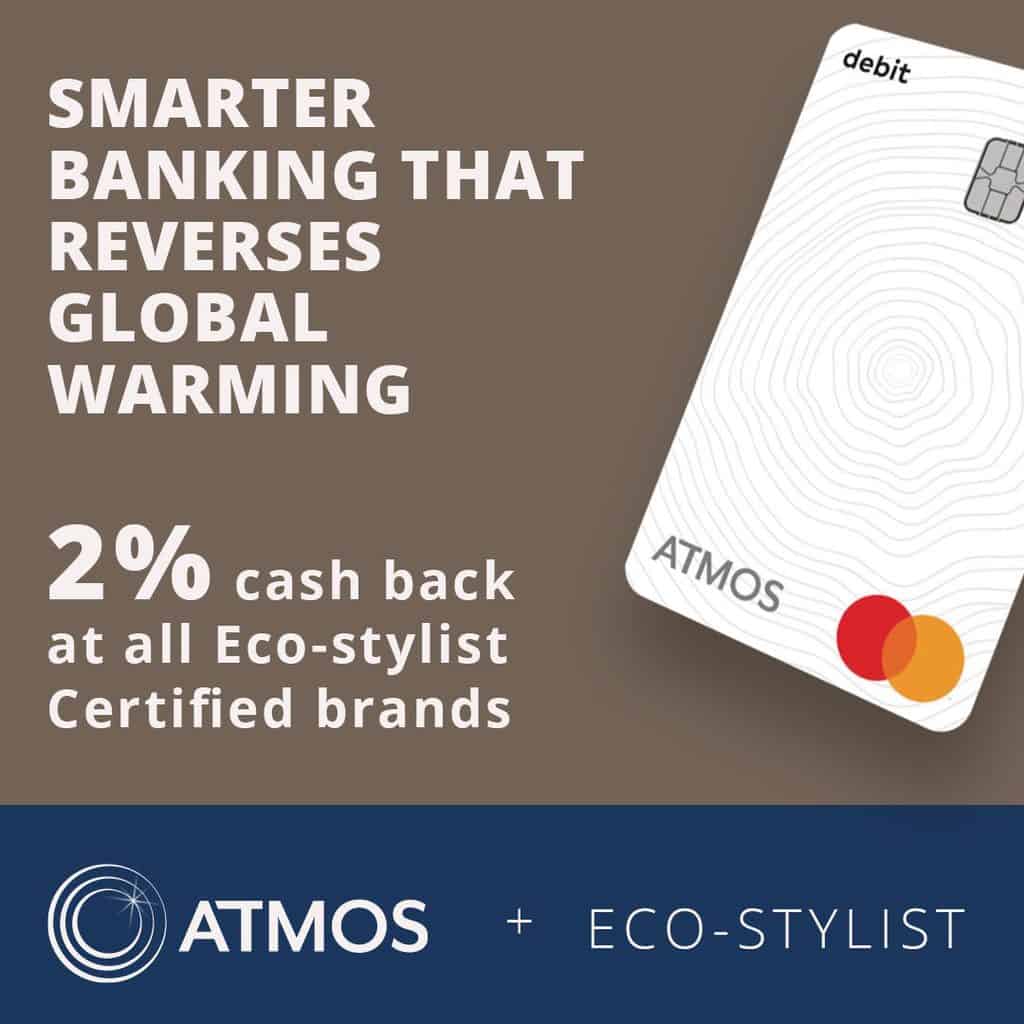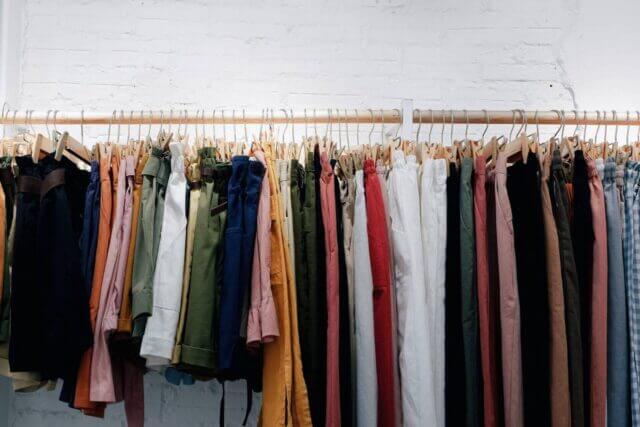
Shopping for clothes has never been easier than it is right now. Thanks to online shopping, it takes just seconds to order an entire new wardrobe for under $100, with only a day or two to wait before they arrive like magic by express delivery.
With influencers’ shopping hauls, “top ten *insert trend here* you have to try this season” videos, and paid advertisements of a never-ending cycle of new products, you know what to buy, where to get it from, and when to buy it: now.
It’s easy to be taken in by the deals and adverts ceaselessly being shown to us. Constantly being told it’s your ‘last chance to buy’ makes it easy to justify to yourself picking up things we never needed, nor wanted, before they disappear to be displaced by the newest trend.
But when we’re mindlessly scrolling and snapping up these so-called deals, do we really know what we’re buying into? Are we asking ourselves the five W’s when buying clothes; where were they made? Who made them? What are they made of? When will I wear them? Why do I need them?
Maybe it’s time we started to.

Before We Begin: What is fast fashion?
Fast fashion is, just as the name suggests, the production of cheap clothing quickly. It takes trends from fashion shows that were previously unattainable to the general public and makes them cheaply, at a low cost. Clothes are produced in large bulk, following new styles which are then replaced at an alarming rate.
The fast fashion clothing industry has grown exponentially over the last few decades. Fast fashion stores have become infamous for their ever-changing clothing racks, with the traditional seasonal fashion trends now becoming weekly turnovers of stock.
As shops and individuals race to stay ahead of the newest fashion trends, the throwaway mentality has infiltrated the way the average consumer shops, with clothes being worn just a handful of times before they’re either forgotten at the back of the wardrobe, or worse, thrown out to make room for the next short term styles. It’s this toxic cultural thinking that brands like H&M, Zara, and Forever 21, to name just a few, rely on to keep their sales ever increasing.
A Brief History: The rise of the fast fashion industry
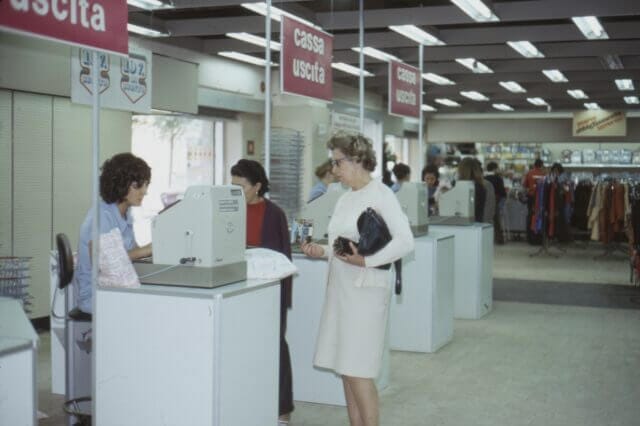
Although the term was not coined until much more recently, fast fashion can actually be traced back to the mid-nineteenth century. The invention of the sewing machine made it possible for clothes to be produced on a larger commercial scale than had ever been achievable before. This inadvertently paved the way for the bulk production which we are now accustomed to in the fashion industry.
At the time, however, this method of purchasing and production was mainly isolated to those of the higher classes, and worked on a much smaller scale than what we are used to. The majority of people still made their own clothes, which they used for as long as they could physically make them last. Imagine!
Fast-forward to the 1960s and the pull of bright colours, big patterns and daring fits increased the demand for new affordable clothing. In response, US and European companies began to expand their manufacturing which led to the outsourcing of labour in poorer countries. From the nineties till now, this demand has only increased, with it becoming a large part of Western culture to engage with fast fashion.
Keeping up with the latest fashion trends is a major part of modern life for the majority of people, but now with more awareness surrounding the effect of fast fashion on people and the environment, it’s harder to ignore the elephant in the room. How can these clothes be so cheap?
The Real Impact of Fast Fashion
Whilst fast fashion may have revolutionized the clothing retail market by making the fashion industry more affordable for many, it’s important that the consumers of these products understand the true cost of what they’re buying. The convenience of fast fashion comes with large social and environmental impacts. From wastefulness to poor working conditions, below are some of the facts that fast fashion retailers would rather you ignored.
Environmental Impact
According to the Fashion Transparency Index 2023, 88% of brands still refuse to disclose their annual production volumes, and even more startling is the fact that 99% will not publicly disclose any dedication to reducing the number of new items they plan to manufacture. This means that the true extent of these overproduction issues and their environmental impact are hard to accurately establish.

As well as the excessive amounts of clothing being made, the damage that making them causes is just as startling. The industry currently contributes up to 10% of carbon emissions, and this figure is only predicted to grow. It also uses plastic in an estimated 60% of its materials. This has disastrous effects every time they’re washed as plastic micro-fibres are being released which are harmful to marine life when ingested.
Not only this, the amount of water that it takes to produce the fabrics being used, particularly in cotton farming, are astonishing, with 93 billion cubic metres of water being used each year according to a report by the Ellen Macarthur Foundation.
UNICEF explains the heartbreaking water scarcity that this is contributing to, which ‘limits access to safe water for drinking and for practising basic hygiene at home, in schools and in health-care facilities. When water is scarce, sewage systems can fail and the threat of contracting diseases like cholera surges. Scarce water also becomes more expensive.’
According to UNICEF, this is an issue which is only going to get worse without intervention. How can this be allowed to continue?
Social Impact

The fashion industry employs over 75 million workers globally. According to The Lowest Wage Challenge, only 2% of those who actually make the clothes this industry profits from are currently paid a living wage. This disproportionately affects women, who make up 75% of this workforce. Fast fashion is also contributing to modern slavery and child labour problems.
Whilst these figures may be uncomfortable to read, it is a reality that these garment workers have to live with every day, working long days, often in unsafe conditions, to make the clothes that you wear, and receiving a wage they struggle to live on in return.
The human cost of fast fashion is a tragic consequence of the way the industry functions, with notable examples being the 2013 Rana Plaza tragedy where 1,134 people died in Bangladesh. The Rana Plaza building, which contained a garment factory and other businesses, was deemed structurally unsafe.
Whilst the other shops and bank closed immediately, the workers in the garment factory were ordered to continue working, despite the factory owners being aware of these issues. The disregard for their workers’ safety had fatal consequences when the building collapsed on those unfortunate workers the following day.
Whilst some improvements have been made, particularly in Bangladesh where this tragedy took place, not enough has changed, and not enough has been disclosed by the leading fast fashion brands about the safety or wages of their workers. Without providing the necessary evidence that they’re offering their garment workers living wages, or providing safe working conditions, it’s hard to trust fast fashion companies and their purposefully vague avowals of improvement.
Economic Impact
The fashion industry is a multi-billion dollar industry which creates jobs, and undoubtedly benefits the economy. However, these benefits are concentrated where fast fashion brands are homed, which is predominantly the Global North. The economies of the countries which make the clothes for these companies therefore do not profit as they should, especially due to the cheap labour and exploitation of workers in these communities.
And it’s not just those working for, or with, these companies who are at risk of becoming financial victims of the fast fashion industry; accusations of fast fashion companies stealing the designs of smaller, independent businesses are countless. This callous move to imitate the designs of others who have worked hard undermines all the effort they have gone to.
Can we really be surprised though? Fast fashion has built itself a name by copying the catwalk, and made billions doing so. To do the same to independent business owners, despite the impact this could have on small businesses, is not out of character for this industry.
Looking Forward: Can fast fashion ever be sustainable fashion?
In short, no. But let’s unravel this in more detail.
A major issue with the fast fashion industry is the lack of clarity from the brands themselves as to how the products they sell are being made. Fashion Revolution publishes a yearly review called the Fashion Transparency Index which aims to make these retailers more accountable and increase the level of communication to the public from these companies. It does this by ranking the top 250 global brands and retailers based on their willingness to be transparent with data surrounding environmental and human rights issues.
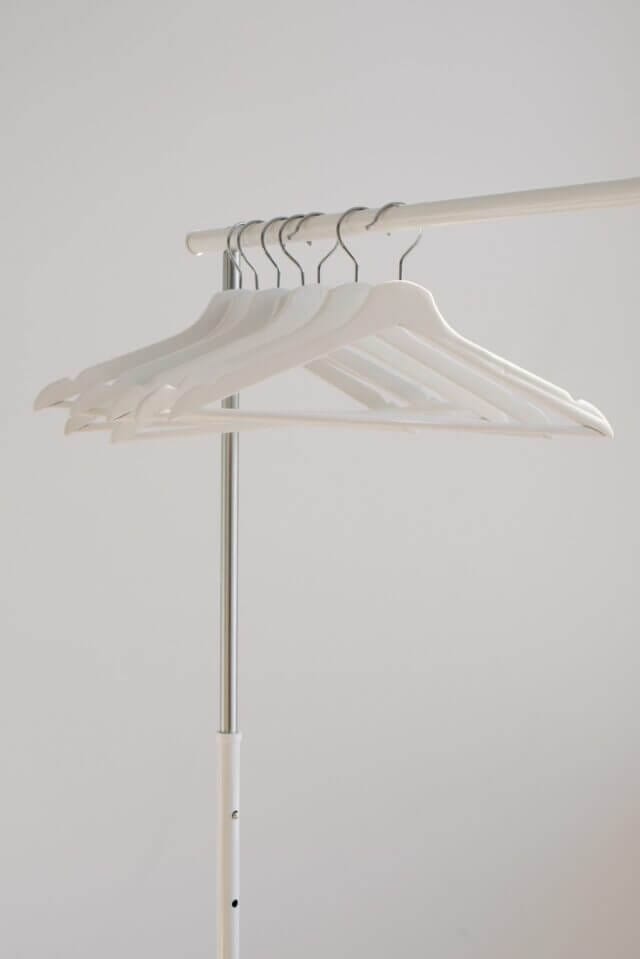
The findings of the 2023 review showed that the majority of brands are still refusing to disclose publicly their practices, their supply chains, or wages for those making the clothes that we wear. Whilst companies remain tight lipped about their practices, it’s hard to see any sustainable future for fast fashion.
Fast fashion and its impact on the world is an undoubtedly multifaceted issue, and there is no easy fix. Despite the negative consequences that this market currently has, the global fast fashion market is still forecast to grow by 10.7% between 2023 and 2027 according to the Business Research Company.
It cites the ‘increasing youth population’ and their inclination to buy ‘affordable clothes’ as a reason for the market’s continuing growth. Thinking back to the pull of social media and influencers, this rings true, as more than ever it’s hard for young people to escape the pressure of fashion trends and the expectation to adhere to them.
Is Fast Fashion Trying to Change?
But what about the fast fashion companies who claim to be doing more for the environment? A crucial thing to stay vigilant of in the future is greenwashing.

With the increasing public interest and awareness in the environmental impact that fast fashion has, many are seeing how unsustainable this industry is and are looking for more accountability from the apparel industry. This has led to many fast fashion brands making misleading claims about the manufacturing of their products to convey themselves as being more environmentally sustainable, rather than actually enacting change.
This is why it’s vital that people educate themselves, change their habits, and influence more people to do the same. This way we can prevent companies from using the momentum of this move towards sustainability to worsen the problem in a bid to increase their own profits, and instead we can end fast fashion and move towards a world where sustainable and ethical alternatives become the norm.
Shopping Smarter: Joining the slow fashion revolution
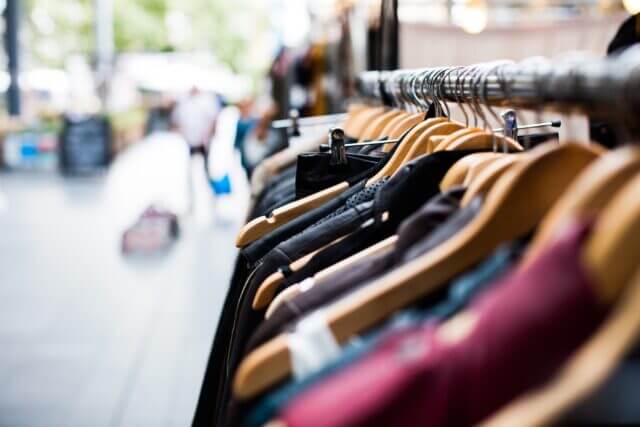
It can feel overwhelming to take the first practical steps away from fast fashion and find alternatives that work for you. If you want your wardrobe choices to reflect both style and sustainability but don’t know where to start, then here are just a few options to guide you:
1) Buying from second hand shops, and charity stores is a great alternative which reduces amounts of waste and ensures that clothes get more usage – even if it’s by multiple owners! It may take some patience, but you’re sure to find something you love.
2) Shop mindfully; whilst it’s easy to fall into the trap of making a purchase because everybody else seems to be, make sure that what you’re buying is going to last, and not fall out of fashion. That way you’ll buy less, and buy more intentionally which will allow you to maintain a wardrobe that works for you for longer.
3) Love the clothes you have! Fixing and embroidering your current wardrobe is a great way to get more use out of what you’ve already bought.
4) Services such as clothing rental are making it easier than ever for customers to cut down on their consumption of fast fashion. This is ideal for formal events where maybe you need something fancy that you can’t already find in your wardrobe, but you don’t want to buy something with the intention of only wearing it once!

5) There are many brands out there that offer ethical, high quality, and affordable alternatives to fast fashion. To help you find clothing brands you can buy from without guilt, check out our brand guide and shop so that you can look, and feel great.

Ellie recently graduated from University of Sheffield after studying English Literature. She loves all things related to books and writing, as well as being interested in fashion and art.





